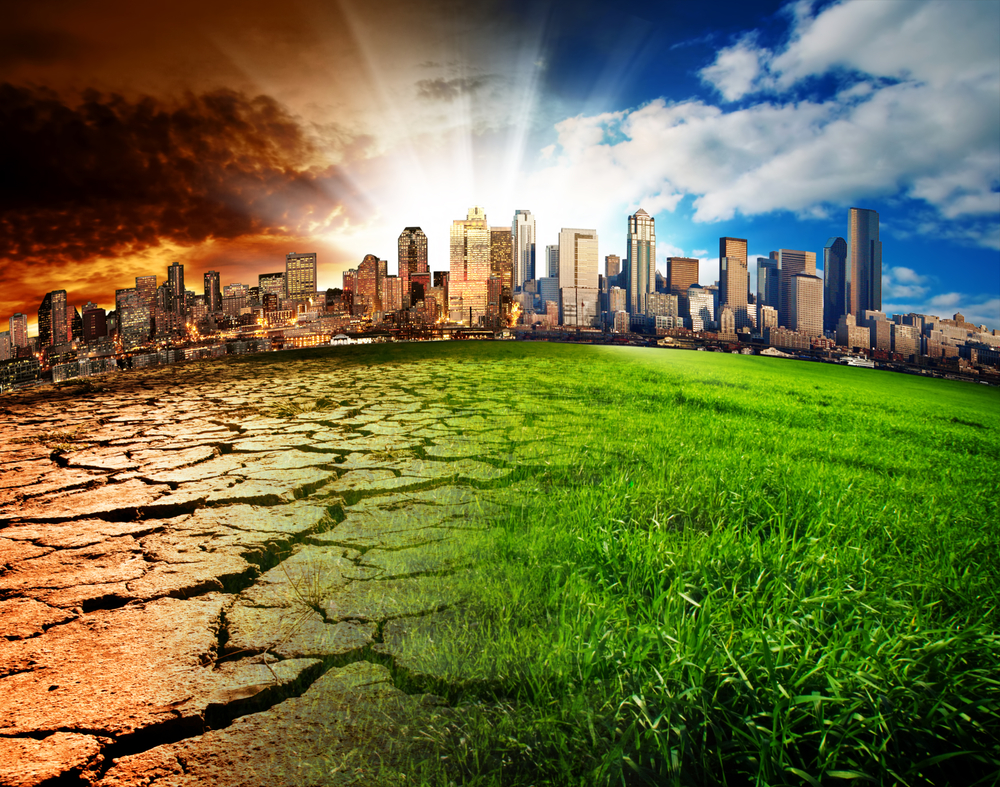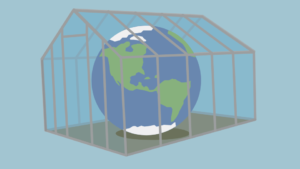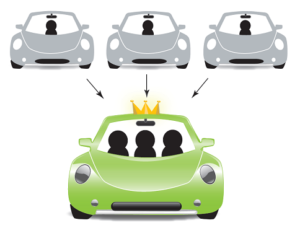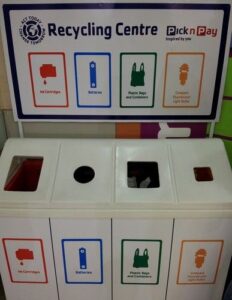Photo by [NASA Climate Change]
Most of us still believe climate change is primarily about the earth’s warming. That’s only part of it. Essentially climate change refers to the changes in weather patterns and global temperatures. The effects and severity of climate change depend on the region.
In some places, people experience extreme heat and drought. Islands may experience floods due to rising sea levels, and others might experience severe storms and weather. Recently, we’ve experienced abnormal rainfall, which caused rivers and dams to swell, affecting businesses and residential areas.
Climate change can also affect the health and land inhabited by groups of people. It involves agriculture, the soil, water security and ecosystems. Directly causing displacement as people tend to leave for more prosperous pastures. Still, the grass isn’t always greener because the other side experiences a different effect of climate change.
Climate change affects everyone and can adversely affect our generation and future generations. Sometimes differently and sometimes the same. World governments have tabled legislation to reduce carbon footprints in their countries. Though they’re making positive strides, they still require the awareness and efforts of ordinary people like you and me.
The question then is, how can I limit the disastrous effects my behaviour can have in the future?
What Causes Climate Change?
To understand climate change, it’s essential to understand the atmosphere and the role of greenhouse gases. Like a blanket, greenhouse gases trap heat necessary to sustain life. This process is called the greenhouse effect.
Carbon dioxide, methane, nitrous oxide and water vapour are gases in the atmosphere responsible for the greenhouse effect. They occur naturally, remove any of them from the atmosphere, and the greenhouse covering the earth would collapse.
However, human industry and activity increase the percentage of greenhouse gases emitted into the atmosphere. Though humans emit large amounts of greenhouse gases every year, carbon dioxide per percentage is the most.
Carbon dioxide emits by burning coal and oil used in cars and the industrial and energy sectors. Apart from burning fossil fuels, deforestation is another major contributor to carbon dioxide emissions.
SMread| FMYO Zamzam initiative
What can I do?
The goal is to reduce greenhouse gas emissions. Developed countries contributing a large percentage to global emissions have already begun their efforts, leaving developing countries with minor emissions to play catch up.
However, there are factors to consider, including economic and social aspects. In the short term, there can be implications for the well-being of those nations. In the long term, their greenhouse gas emissions will decline exponentially.
And though I alone will not dent the requirements, it’s a positive step to make and set an example for others. It is a team effort, and every game plan starts with the actions of a single player. So, what can I do?
SMread| ‘Protect yourselves’ – SAMNET’s Suliman ahead of shutdown
Reducing Our Carbon Footprints
Implementing the suggestions of the UN, scientists and environmental activists on reducing our carbon footprints in a South African context is impractical, not impossible.
For instance, places of employment are far from homes, and people need means to travel, such as cars. What about public transport? Public transport in South Africa is unlike anywhere else in the world. Trains are decommissioned, and taxis are time-consuming and unreliable.
Though it’s available, safety and cost are among the primary concerns. In the interim, people can look at carpooling as it reduces the number of cars on the road.
As they say, change starts at home. Eskom has made energy saving a reality for us, indirectly reducing our carbon footprints using less energy. So, what do we need to do? Buy electric or hybrid cars? No.
Homeowners can purchase eco-friendly appliances and unplug them when they’re in disuse. Fortunately for us, they can be easily bought. Unfortunately for us, they’re costly. So, we’ll focus on the latter.
Recycling waste materials and using less plastic is something which has been echoed over and over again. Some of us live in areas where sanitation services could be more efficient. Their inefficiency only makes the responsibility greater on us to ensure that waste is disposed of correctly.
Local supermarkets have disposable areas where individuals can quickly dispose of their waste by material to be reused and repurposed.
The decomposition of organic material emits a large amount of methane over some time. If we limit the amount of food which decomposes at dumpsites, this, in turn, limits the amount of methane released.
We must ensure we eat what is required and dispose of the excess wisely. Although it mainly applies to restaurants and food manufacturers, ordinary people can do the same. Therefore, we should not throw food waste in bins and landfills. Composting is a common and efficient way to rid of food waste.






